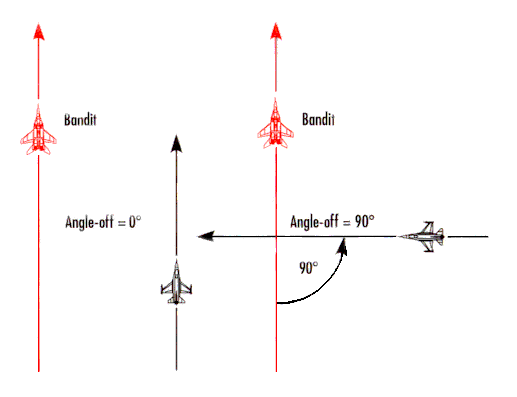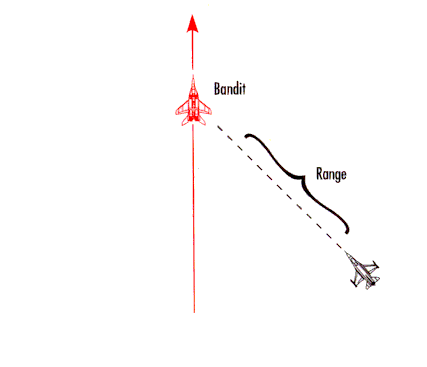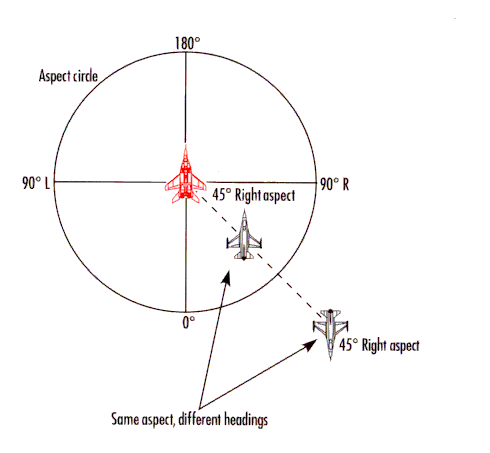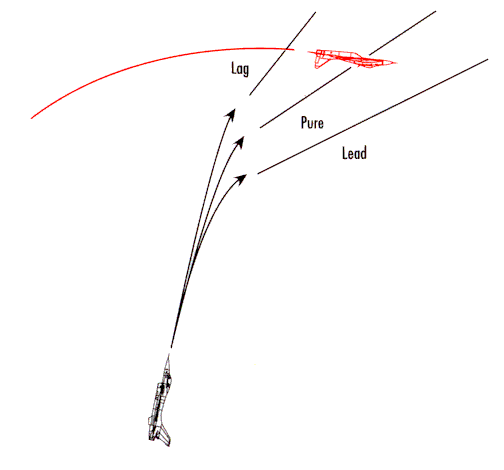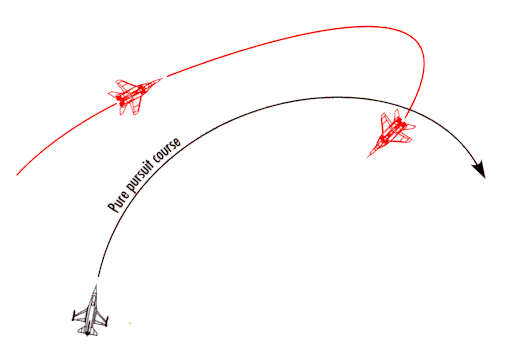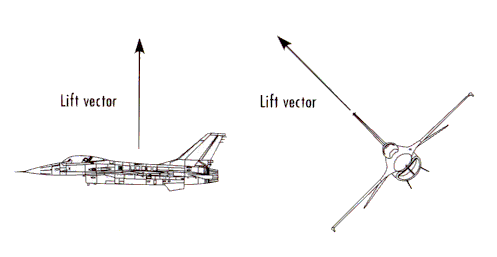Manticore
RETIRED MOD

- Joined
- Jan 18, 2009
- Messages
- 10,115
- Reaction score
- 114
- Country
- Location
•Dogfighting over Europe
Dogfighting was very prominent in the skies over Europe. The air force in France, while a major force during the first world war, was inadequate and poorly organized, and quickly fell to the German onslaught. Hitler believed that the British government was on the verge of collapse, and offered them a choice between peace and war, being quite astonished when Winston Churchill opted, without hesitation, for war. As the first battles began, the awesome power of the German’s anti-aircraft artillery became readily apparent, with 88 millimeter shells capable of firing 50,000 feet in the air. General Wolfram von Richthofen noted that these guns were equally destructive when used for ground fire, when they were not preoccupied with destroying airplanes. The German ME-109 and the British Spitfire were some of the most common fighters used in the European theater.
•Soviet fighters
During this time, three new Russian fighters, the LaGG-1, the Yak-1, and the Mig-1 were just coming off of the production line. The Soviet Air Defense Force had been fraught with problems since World War I. The German Barbarossa offensive on June 22, 1941, destroyed more than 2000 Soviet aircraft on the first day, and more than 5000 before October. With great desperation, the Soviets fought in dogfights over Leningrad, Moscow, and the Ukraine for more than a year. It became common practice at this time for Soviet pilots to simply ram an opponent.
Struggling with morale problems, the Soviets slowly and methodically began to regain air supremacy after the Battle of Stalingrad in 1943.
•USA and Japan
After the bombing of Pearl Harbor, in the Hawaiian Islands, the United States entered the war. The Japanese used the Mitsubishi A6M Zero, an extremely lightweight fighter known for its exceptional range and maneuverability. The U.S. military tested out an A6M2, which was captured intact in 1942, advising "Never attempt to dogfight a Zero." Even though its engine was rather low in power, the Zero had very low wing loading characteristics, a small turn radius, a top speed over 330 MPH, and could climb better than any fighter used by the U.S. at that time, although it was poorly armored compared to U.S. aircraft.
A pilot who realized that new tactics had to be devised was Lieutenant Commander John S. "Jimmy" Thach, commander of Fighting Three in San Diego. He read the early reports coming out of China and wrestled with the problem of his F4F Wildcats being relatively slower and much less maneuverable than the Japanese planes. He devised a defensive maneuver called the "Thach Weave", (named by Lieutenant Commander James H. Flatley, another fighter tactician and contemporary of Thach). Lieutenant Commander Thach reasoned that two planes, a leader and his wingman, could fly about 200 feet apart and adopt a weaving formation when under attack by Japanese fighters. He later faced the A6M Zero during the Battle of Midway, in June 1942, for the test of his theory. Although outnumbered, he found that a Zero would lock onto the tail of one of the fighters. In response, the two planes would turn toward each other. When the Zero followed its original target through the turn it would come into a position to be fired on by the target's wingman, and the predator would become the prey. His tactic proved to be effective and was soon adopted by other squadrons. The Thach Weave helped make up for the inferiority of the US planes in maneuverability and numbers, until new aircraft could be brought into service. The usefulness of this strategy survives until today. Another effective maneuver used by the U.S. Pilots was a simple break, which consisted of turning sharply across an attacker's flight path, which worked well because the large nose of the Zero tended to obstruct the pilot's view. Still another good tactic was to dive upon the Zero, shoot in one pass, and use the speed to climb back above the fight to dive again. By 1943 the U.S. technology began to produce planes that were better matched against the Japanese planes, such as the Grumman F6F Hellcat, and the Vought F4U Corsair.
Dogfighting was very prominent in the skies over Europe. The air force in France, while a major force during the first world war, was inadequate and poorly organized, and quickly fell to the German onslaught. Hitler believed that the British government was on the verge of collapse, and offered them a choice between peace and war, being quite astonished when Winston Churchill opted, without hesitation, for war. As the first battles began, the awesome power of the German’s anti-aircraft artillery became readily apparent, with 88 millimeter shells capable of firing 50,000 feet in the air. General Wolfram von Richthofen noted that these guns were equally destructive when used for ground fire, when they were not preoccupied with destroying airplanes. The German ME-109 and the British Spitfire were some of the most common fighters used in the European theater.
•Soviet fighters
During this time, three new Russian fighters, the LaGG-1, the Yak-1, and the Mig-1 were just coming off of the production line. The Soviet Air Defense Force had been fraught with problems since World War I. The German Barbarossa offensive on June 22, 1941, destroyed more than 2000 Soviet aircraft on the first day, and more than 5000 before October. With great desperation, the Soviets fought in dogfights over Leningrad, Moscow, and the Ukraine for more than a year. It became common practice at this time for Soviet pilots to simply ram an opponent.
Struggling with morale problems, the Soviets slowly and methodically began to regain air supremacy after the Battle of Stalingrad in 1943.
•USA and Japan
After the bombing of Pearl Harbor, in the Hawaiian Islands, the United States entered the war. The Japanese used the Mitsubishi A6M Zero, an extremely lightweight fighter known for its exceptional range and maneuverability. The U.S. military tested out an A6M2, which was captured intact in 1942, advising "Never attempt to dogfight a Zero." Even though its engine was rather low in power, the Zero had very low wing loading characteristics, a small turn radius, a top speed over 330 MPH, and could climb better than any fighter used by the U.S. at that time, although it was poorly armored compared to U.S. aircraft.
A pilot who realized that new tactics had to be devised was Lieutenant Commander John S. "Jimmy" Thach, commander of Fighting Three in San Diego. He read the early reports coming out of China and wrestled with the problem of his F4F Wildcats being relatively slower and much less maneuverable than the Japanese planes. He devised a defensive maneuver called the "Thach Weave", (named by Lieutenant Commander James H. Flatley, another fighter tactician and contemporary of Thach). Lieutenant Commander Thach reasoned that two planes, a leader and his wingman, could fly about 200 feet apart and adopt a weaving formation when under attack by Japanese fighters. He later faced the A6M Zero during the Battle of Midway, in June 1942, for the test of his theory. Although outnumbered, he found that a Zero would lock onto the tail of one of the fighters. In response, the two planes would turn toward each other. When the Zero followed its original target through the turn it would come into a position to be fired on by the target's wingman, and the predator would become the prey. His tactic proved to be effective and was soon adopted by other squadrons. The Thach Weave helped make up for the inferiority of the US planes in maneuverability and numbers, until new aircraft could be brought into service. The usefulness of this strategy survives until today. Another effective maneuver used by the U.S. Pilots was a simple break, which consisted of turning sharply across an attacker's flight path, which worked well because the large nose of the Zero tended to obstruct the pilot's view. Still another good tactic was to dive upon the Zero, shoot in one pass, and use the speed to climb back above the fight to dive again. By 1943 the U.S. technology began to produce planes that were better matched against the Japanese planes, such as the Grumman F6F Hellcat, and the Vought F4U Corsair.



